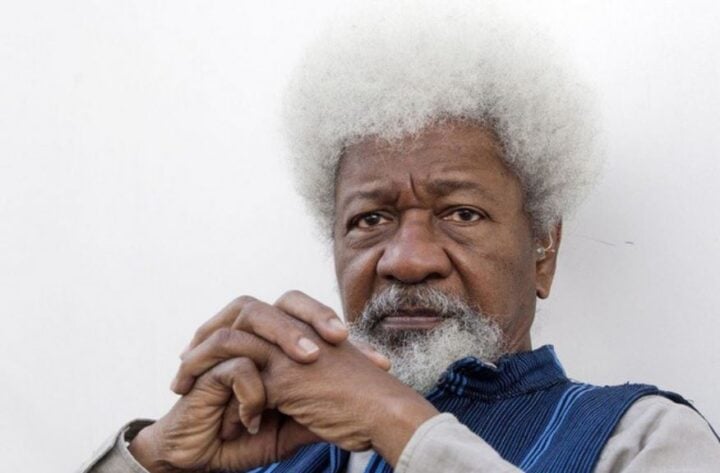PCE Inflation Was Milder Than Expected In April As Tariffs Took Hold
Inflation was still mild in April even as some tariffs began to go into effect, according to Commerce Department data released Friday morning, though economists largely expect the oft-changing trade measures to lead to noticeably higher prices by year’s end.
Economists at Bank of America and Goldman Sachs forecast inflation will shoot up to more than 3.5% ... More by year’s end.
Xinhua News Agency via Getty ImagesPersonal consumption expenditures rose 2.1% from April 2024 to last month, lighter than consensus economist forecasts of 2.2% PCE inflation, according to Dow Jones data.
That’s the lowest PCE inflation rate since September.
Core PCE inflation, which is the Federal Reserve’s favored measure of price changes as it excludes more volatile food and energy categories, was 2.5% in April, lower than projections of 2.6%.
That’s the lowest core inflation level since March 2021.
Headline and core inflation rose 0.1% month-over-month apiece, matching estimates of 0.1% increases.
How President Donald Trump’s country-by-country tariffs, which face new obstacles in court this week, will impact inflation. Economists at Bank of America and Goldman Sachs both forecast core PCE inflation will rise to 3.6% by December, which would be the highest inflation since September 2023. Goldman only expects a “one-time inflation boost from tariffs,” the bank’s chief U.S. economist David Mericle wrote Monday, describing it as “less threatening” than the 2021 and 2022 inflation outburst which resulted in the sharpest price increases in four decades.
PCE measures how much American consumers spend in a given month, differing from its sister inflation metric, the consumer price index, which measures how much the cost of a predetermined basket of goods and services changes. The Fed uses core PCE as its primary yardstick of inflation, and that measure hasn’t hit its 2% target in more than four years. The steady but stubborn decline in inflation has caused the Fed to lower interest rates at a far slower pace than Trump desires.
4.9%. That was last month’s personal saving rate, or the proportion of disposable income Americans saved after monthly expenses, up from March’s 3.9%.










